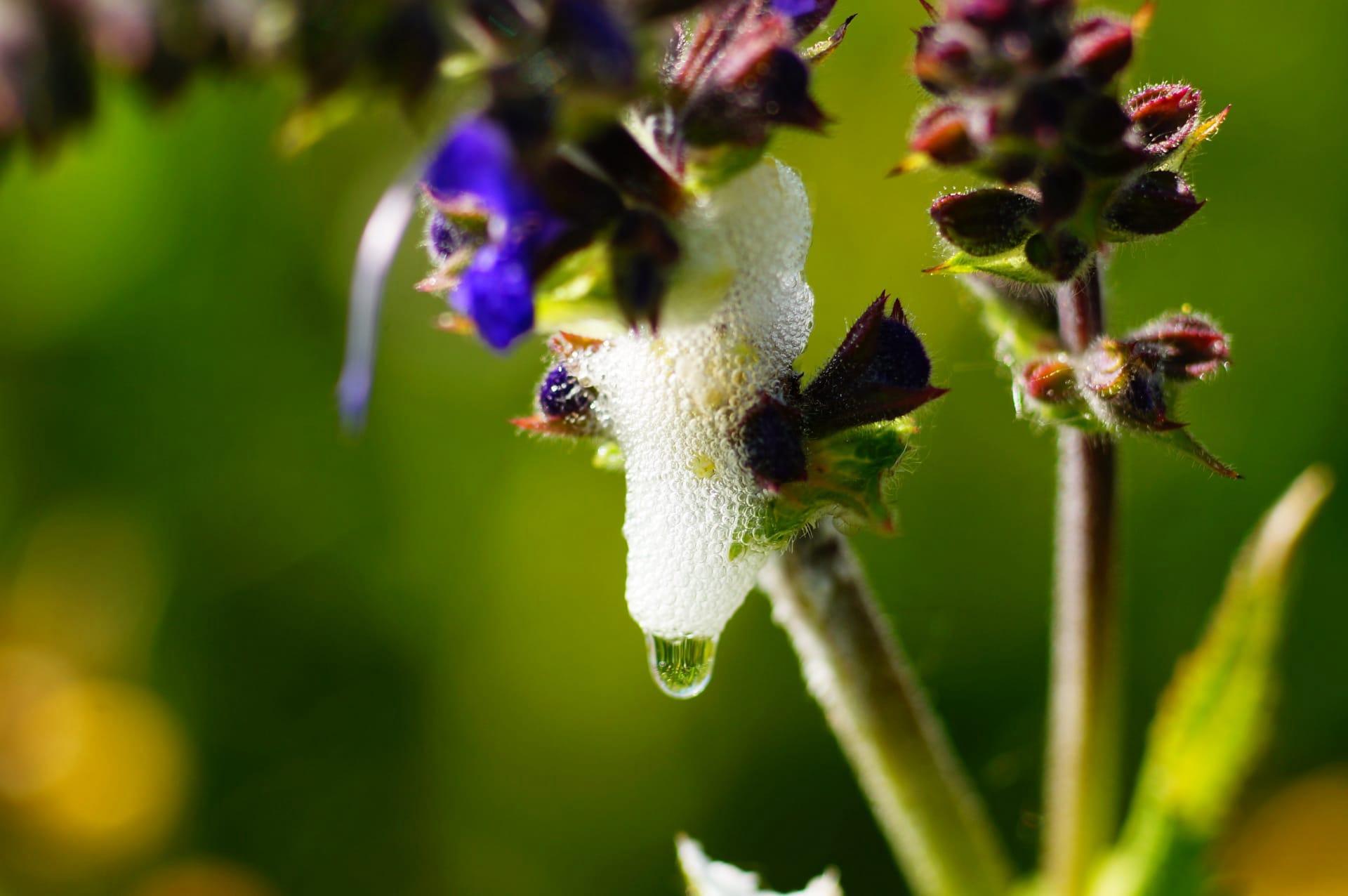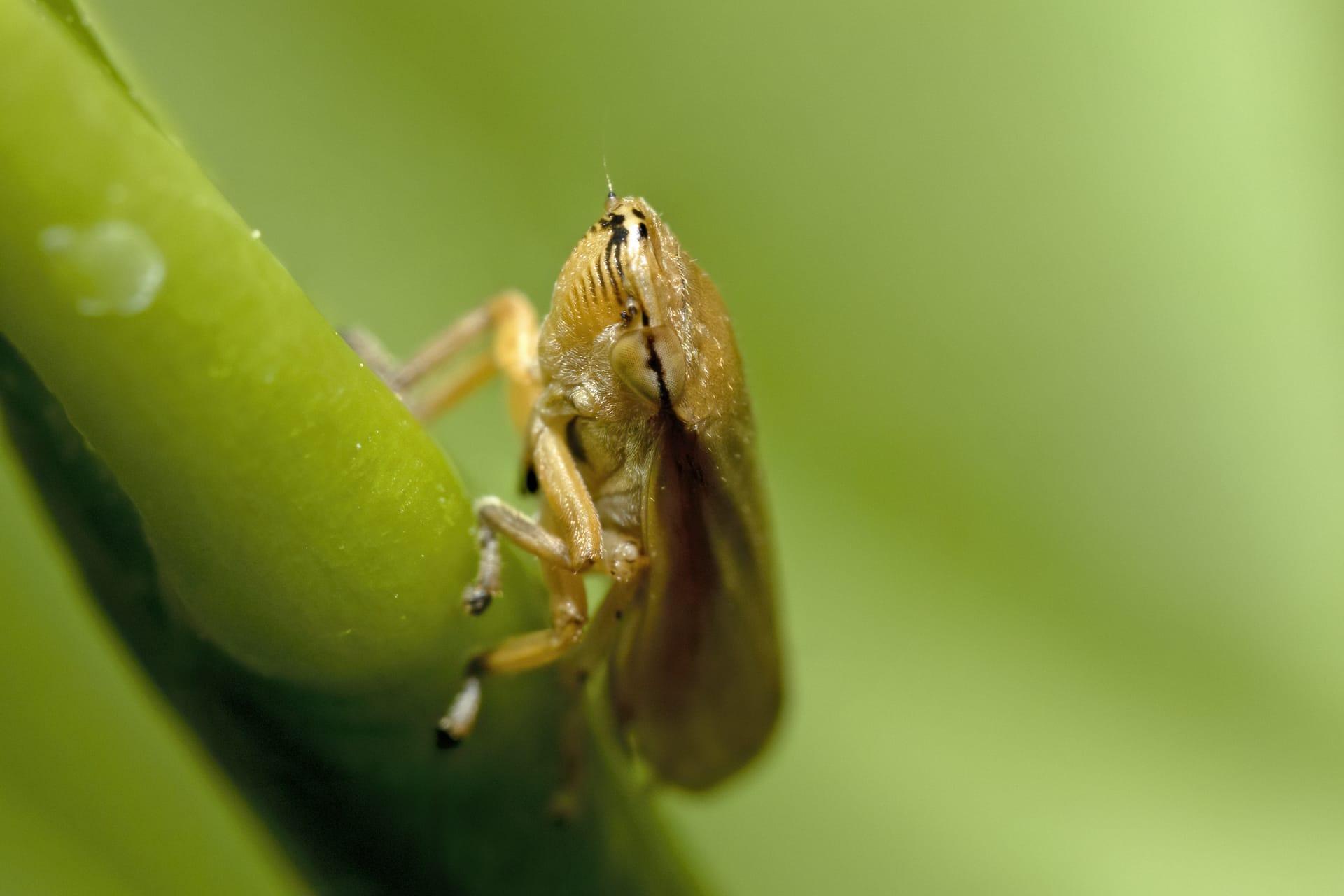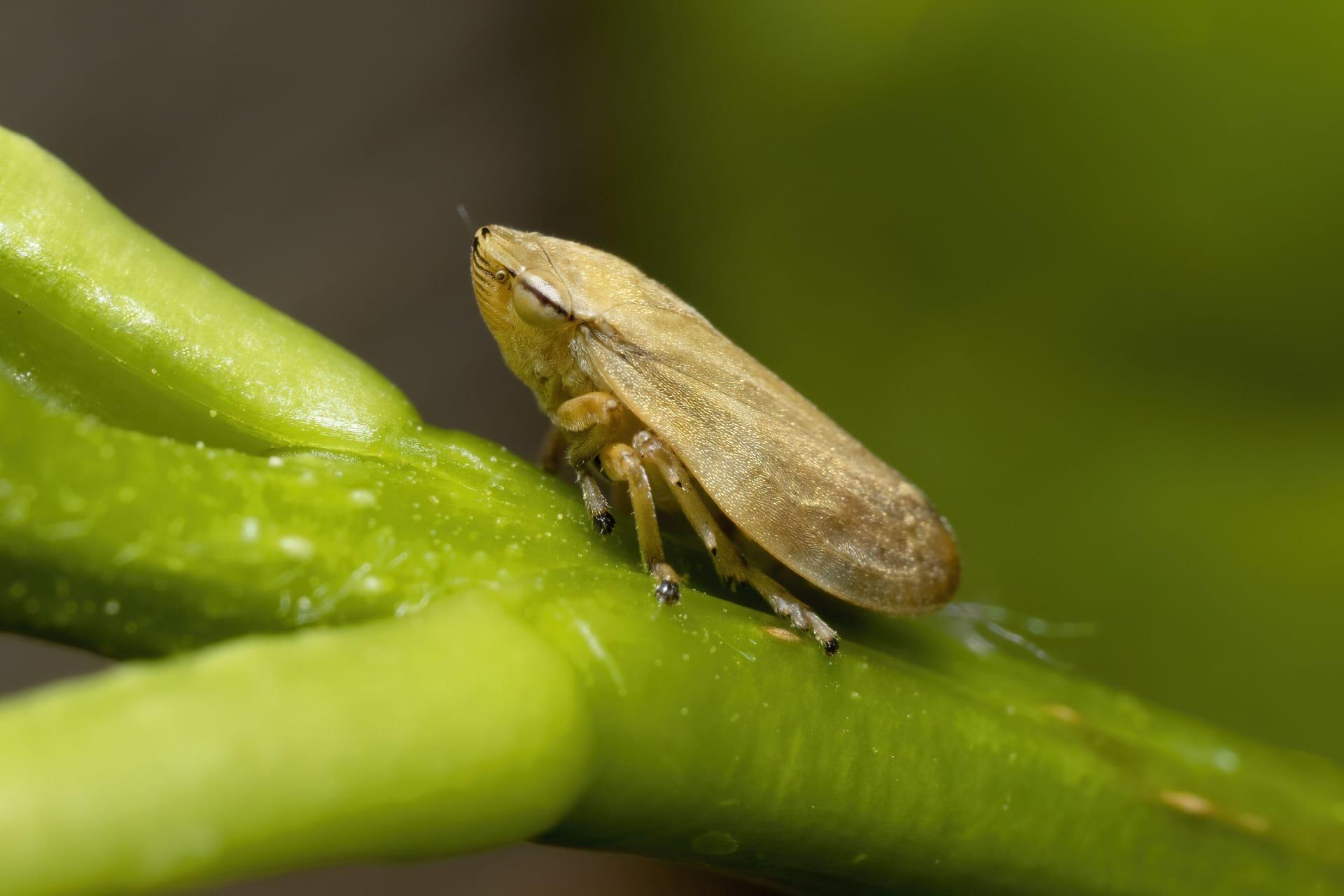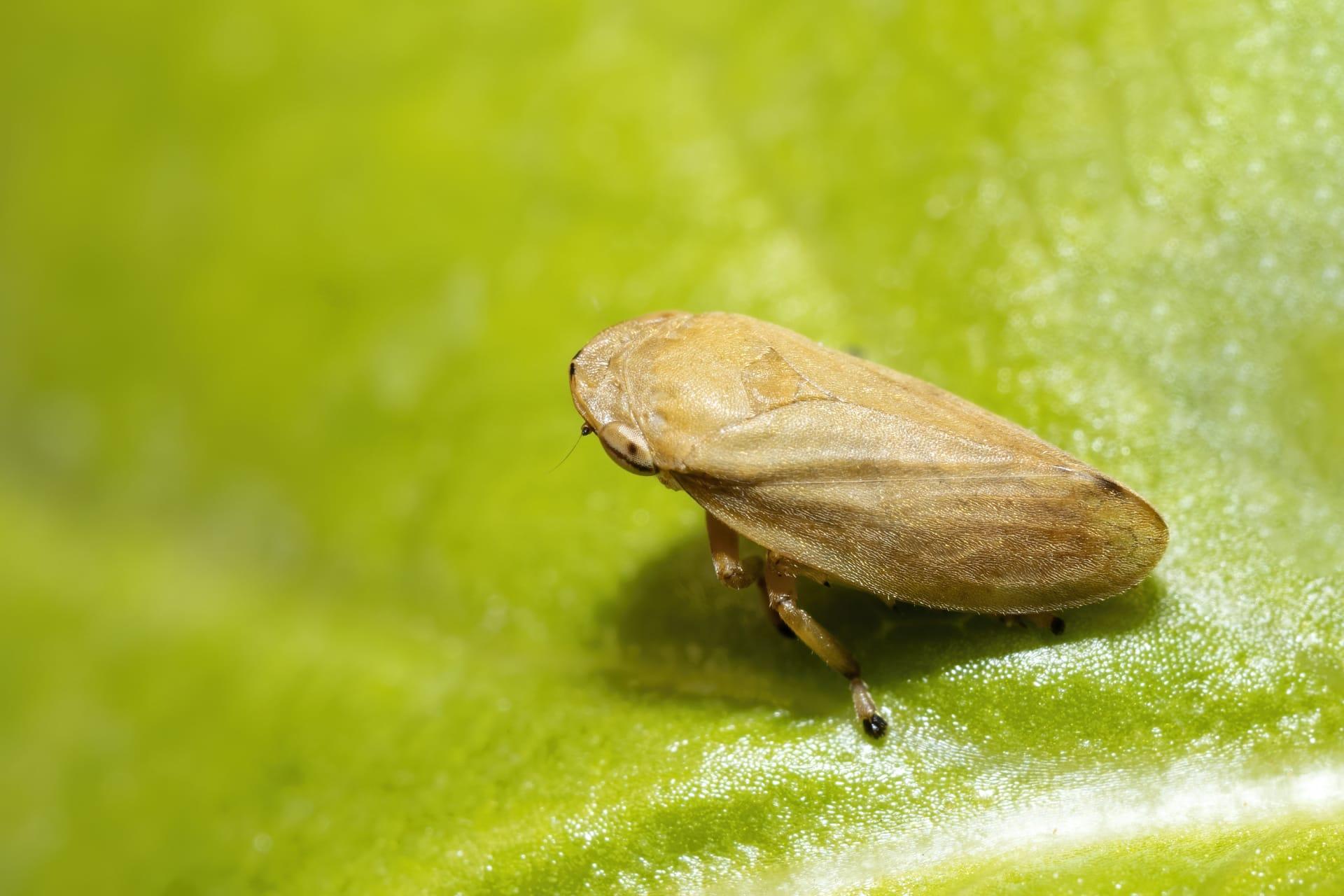Spittlebug Characteristics
- Home /
- Mini Encyclopedia /
- Animal /
- Spittlebug Characteristics
1
Spittlebugs, fascinating insects with unique traits, are small but mighty. Adult spittlebugs typically measure between 0.24 to 0.28 inches (6 to 7 millimeters) in length. Despite their diminutive size, they possess a remarkable lifespan for insects, living up to one year. This longevity is quite impressive, considering the average insect lifespan.
The most distinctive organ of a spittlebug is its mouthpart, technically termed as the 'rostrum.' This specialized structure allows spittlebugs to pierce plant tissues and extract sap. It's not just any sap-sucking mechanism; the rostrum is intricately designed to tap into the plant's phloem, the part that transports sugars. What's remarkable about this is the precision involved; the rostrum must navigate through the plant's defensive layers to reach the nutrient-rich phloem without causing extensive damage to the plant.

2
Question: Why do spittlebugs produce foam?
Answer: Spittlebugs are known for the white, frothy foam they produce, often seen on plants. This foam serves multiple purposes. Primarily, it's a protective cover, shielding the spittlebug nymphs from predators and parasitic insects. Moreover, it provides a moist microhabitat, crucial for preventing dehydration. The process of creating this foam is intriguing. Nymphs excrete a fluid and mix it with air to form bubbles, creating a foam fortress around themselves. This foam is a remarkable adaptation for survival, offering both protection and a stable environment.

3
Spittlebugs are notable for their jumping ability. They can leap up to 27.5 inches (70 centimeters) in a single bound – an impressive feat considering their small size. This jumping is powered by their strong hind legs, which work like a catapult. When ready to jump, they contract muscles to store energy, then release it explosively to propel themselves into the air.
Regarding feeding, spittlebugs are primarily sap feeders. They use their specialized rostrum to pierce plant stems and suck out the sap. This feeding method, however, can be harmful to plants. It causes a condition known as 'spittlebug wilt,' where the plant's growth is stunted, and leaves may yellow and drop. Their choice of plants is diverse, feeding on a wide range of grasses and herbaceous plants, making them quite adaptable in their dietary habits.

4
Spittlebugs thrive in a variety of environments, particularly favoring moist and sheltered habitats. They are commonly found in meadows, fields, gardens, and forest edges. The presence of lush vegetation is crucial, as it provides both food and the necessary cover for their foam nests. Their adaptability to different plant hosts allows them to inhabit diverse ecosystems.
In terms of reproduction, spittlebugs lay eggs in plant tissues, often in the fall. These eggs overwinter and hatch in spring, emerging as nymphs. The nymphs then produce the characteristic foam for protection as they develop. The lifecycle of a spittlebug involves metamorphosis through several nymph stages before reaching adulthood. This reproductive cycle is closely tied to their environmental conditions, with temperature and humidity playing critical roles in the development of eggs and nymphs.

5
Book: "Insects of the World" by Walter Linsenmaier, published in 1972, offers a comprehensive look at various insect species, including spittlebugs. This Swiss author's work, available in multiple languages like English and German, provides detailed descriptions and illustrations of spittlebugs, highlighting their unique biology and behavior.
Book: "The Secret Life of Insects" by Peter Milward, published in 1994, delves into the fascinating world of insects, with a chapter dedicated to spittlebugs. This book, penned by a British author, explores the intriguing aspects of spittlebug life, from their foam-producing abilities to their impact on plants, making it a captivating read for anyone interested in entomology.